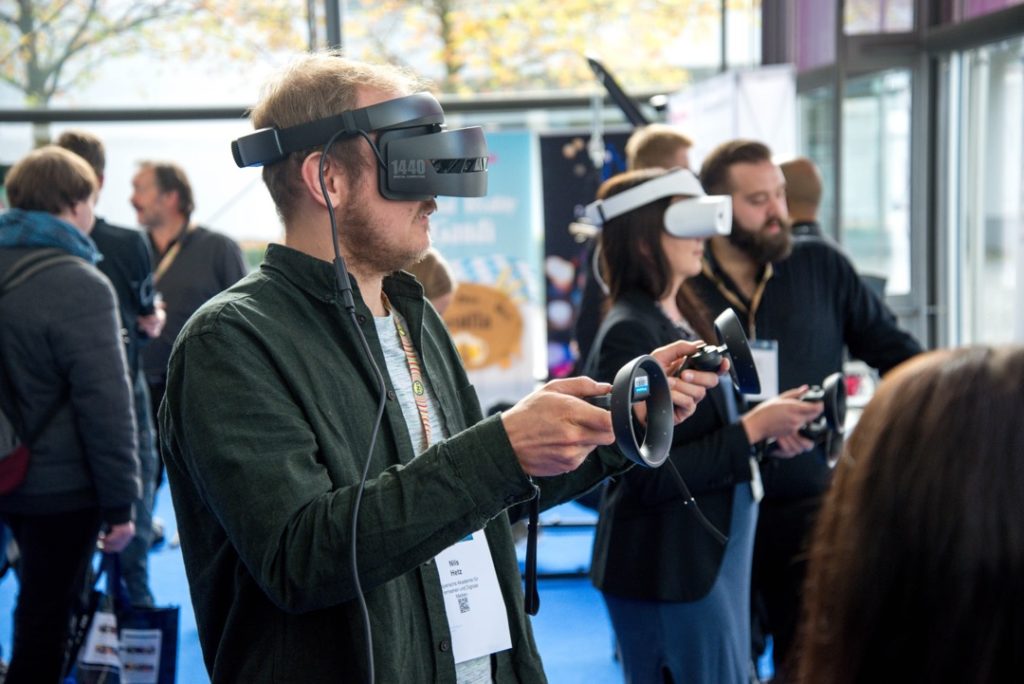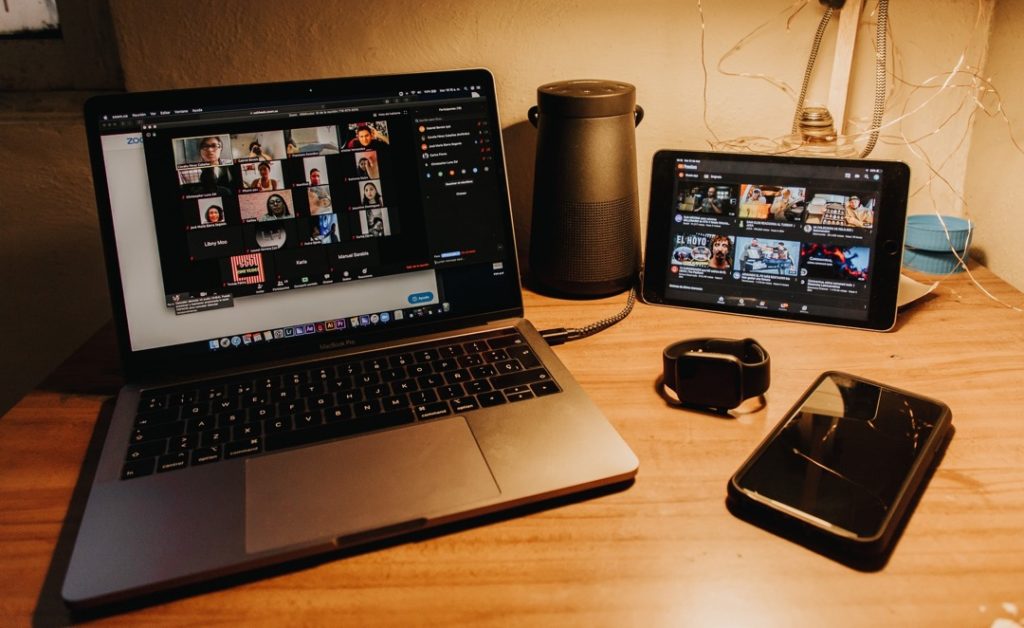Want ideas to make your virtual events more experiential even as live events make a comeback? Here’s how.
Experiential marketing, simply defined, is the creation of live brand experiences where consumers can “…live, breathe and feel the brand through interactive sensory connections and activities.”
Live events are the core of experiential marketing and determinants of consumers’ opinions about a particular brand. An experiential event is built on concepts that introduce the brand to the target audience and leave them feeling connected.
The physicality of experiential events has been changed due to the pandemic, perhaps permanently. The challenge we face now is bringing the experiential aspects of normal events into the growing setting of virtual events, still delivering the same interaction, engagement, and transformation.
Making a virtual event experiential often depends on the duration of the event and the strategic use of the plethora of digital platforms now available to us. Content needs to be delivered in a way that is sensitive to people’s physical environments. And more guidance is now required to ensure higher engagement.
Related: Events 4.0: The Digital Future Of The Event Industry
Physicality in Virtual Events
We experience things physically due to multiple sensory modes working all at once. Simply taking in visuals and audio is not all there is to an experience.
The brain integrates multiple sources of sensory feedback to create a wholesome experience of events.
(Martin et al., 2021:1)
To make your virtual events more experiential, the event needs to engage the body as much as possible. Instead of just having people passively watch your event on their screens, you can mix in physicality. Incorporating stimuli from multiple sources will enhance the viewing experience of your event and make attendees feel more connected to your brand.
You don’t necessarily need to stage the top-tier virtual event where all your attendees need head-mounted displays to experience complex virtual realities. Instead, you can use simple strategies on accessible digital platforms.

Videoconferencing, Livestreaming, Or Webinars. Which Is The Right Choice For Your Event?
These three words have become integral to live event planning. The differences between them are quite distinct, and they can be manipulated in different ways to activate experiential events.
- Videoconferencing is an intimate way to host events with attendance limited to the people with whom you share entry details. The main attraction is interacting with each attendee and also allowing attendees to interact with each other. Popular platforms include Zoom, Microsoft Teams, Google Meet, and Skype.
- Livestreaming is a more public way to host an event, and you can attract a significantly large crowd. Anyone can “wander” in at any time. And there’s usually no registration required. Here, entertainment is paramount as your audience is large and prone to fall away. Popular platforms at the moment include Instagram Live, Facebook Live, and YouTube Live.
- Webinars are more private, even though they can still gather a large crowd. People have to register to get access and can interact with each other once inside. Webinars can be especially effective for educational contexts, for example, holding seminars.
Ultimately, the trick to using these digital platforms successfully is choosing the one that best fits the message you want to communicate about your brand.

Experiential Videoconferencing
Zoom fatigue is a thing. It’s difficult for most of us to pick up non-verbal cues in videoconferences. It’s even harder to stay focused. Looking at many faces on the screen taxes the brain way more than everyday face-to-face communication. However, physical gatherings like we used to have seem like a distant future, and we need to make the best of this new way of interacting. It has its challenges, yes, but videoconferencing is also the most intimate setting of interacting live with a group of people and used alongside other things. It can be a conducive environment for attendees to engage with unique brand messages.
Here are three ways in which you can use videoconferencing to achieve the experiential factor in your events:
1. Participation Kits
Getting people physically involved is about as experiential as you can get. In the intimate setting of a videoconference, you could make it more experiential for your attendees by sending them participation kits when they register for the event.
For example, in a culinary event, you could have each attendee receive a package with the ingredients that will be used during the event. This way, your attendees would be cooking and eating alongside each other in a social experience that will connect everyone.
2. One-on-one Interaction
Experiential events are essentially about connecting people. You can make your event more experiential by letting your attendees speak and share their cameras and screens. When all your attendees can contribute something to the conversation, your event will be more interactive. In a B2B event, for example, this would enable networking and sharing of ideas. The closeness in proximity to each other and the event host is likely to increase the engagement of your attendees.
3. Shared Experience
The best experiential events are the ones that feel like shared experiences. You can leverage video conferencing functions to make your attendees feel a sense of oneness. Having a limited number of guests allows you to include some traditional aspects of an event, like having a dress code or getting your attendees to decorate their own setting in a particular theme. You could give each attendee a chance to explain their take on the theme or explain their outfit and, as easily as that, provide them with a sense of attending an event together even though everyone is apart.
Experiential Livestreaming
Livestreaming is another key player in hosting virtual events right now. A livestream is effective for events like music concerts and talk shows. It could be less appealing to host an experiential event where you hope to truly engage attendees. There is no barrier to entry with live streaming. At any given moment, there could be hundreds of other live streams going on alongside your own with no entrance fee.
However, with a strong production team that can follow through on your brand messaging strategy, you can structure your content in such a way that your attendees feel like the event is tailored for them and thus remain engaged on your channels.
Here are three ways to make your livestream event more experiential:
1. Engaging With The Live Comments
No one will ever be able to get away with talking “at” people ever again. If your content is not scintillating, people will simply close the tab. So, how do you hold the attention of such a tough crowd? Make them a part of your event.
Have an emcee who will actively engage comments and incorporate them into the event. This will make the Experience more dynamic and make attendees feel like they are also driving the event forward. Reading comments out loud along with the name of the commenter, for example, will make attendees feel like their opinion matters to your brand.
2. Incentivize Communication
To make your virtual events more experiential, you can also encourage feedback from your attendees. This way, you can be sure that they’re internalizing the messaging you’re sending out about your brand.
You can incentivize this communication through competitions and giveaways. For example, give a prize to the attendee who comments the most. Or encourage questions about your brand and the event and rewarding the attendees who respond the quickest.
3. Anticipation
One of the most effective structuring tools can be building up your event towards a particular apex to keep the entertainment levels up. For example, in a musical performance, you can offer a new song as the last installment of the event. Plan this out on your run of show or event timeline. Depending on the type of event, you can also run live polling or a countdown. Dangling that carrot will help to hold the attention of your attendees till the end of your event.
Alternatively, to gain maximum engagement, you can host your event using a combination of platforms. If you are hosting a launch, for example, you could livestream the proceedings on a more public platform like YouTube or Facebook Live. Then run a Zoom meeting after for your press conference where a select few can get access to ask questions for event coverage.
Related: Planning A Virtual Event: Almost Everything You Need To Know
Virtual Events Give A Voice To Every Attendee
In conclusion, it is essential to focus on the fact that virtual events have made it easier for attendees to comment live on event proceedings. It isn’t as easy to comment and be heard by everyone attending a typical big event. Now, with the chat and commentary features offered by most virtual event platforms, any attendee can be heard and engaged one-on-one.
This intimate and open communication is precisely the thing to make your virtual events more experiential. And to make attendees feel part of the event experience and connected to what your brand stands for.

